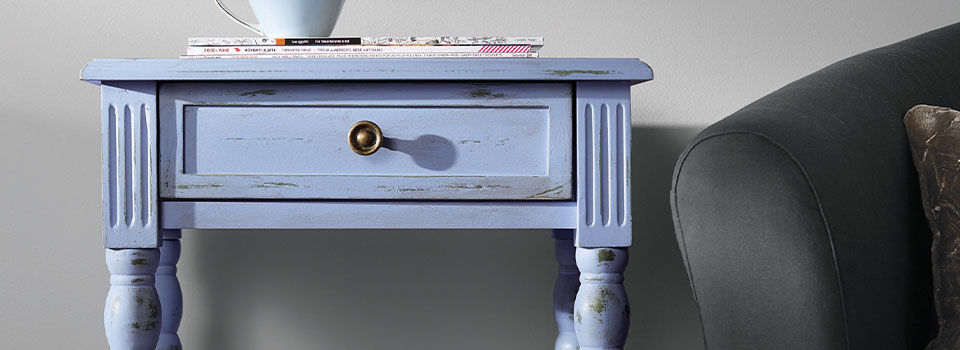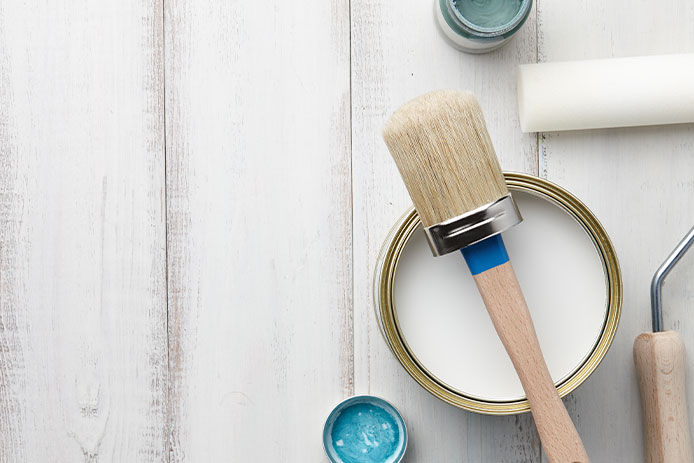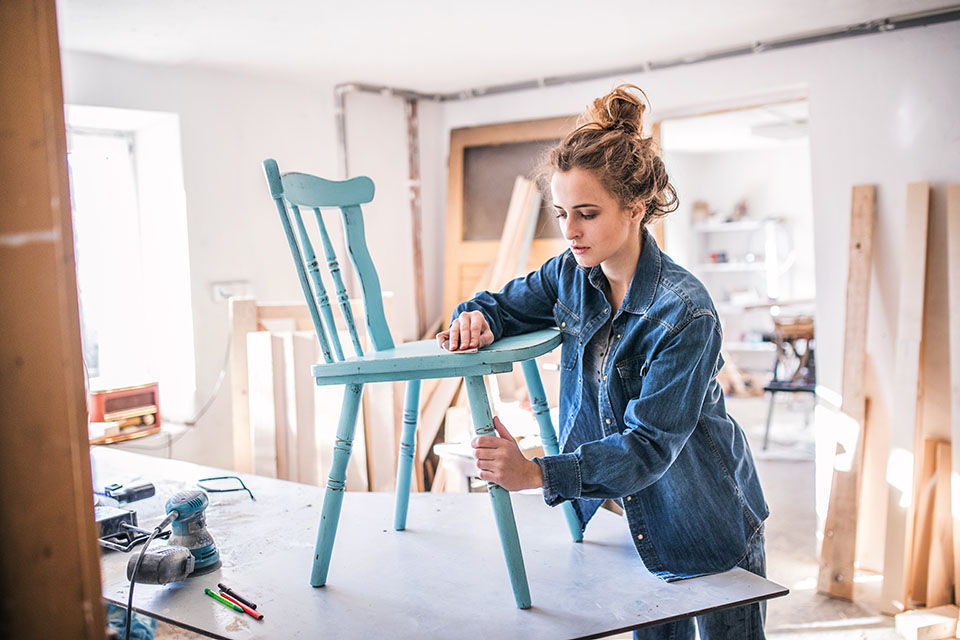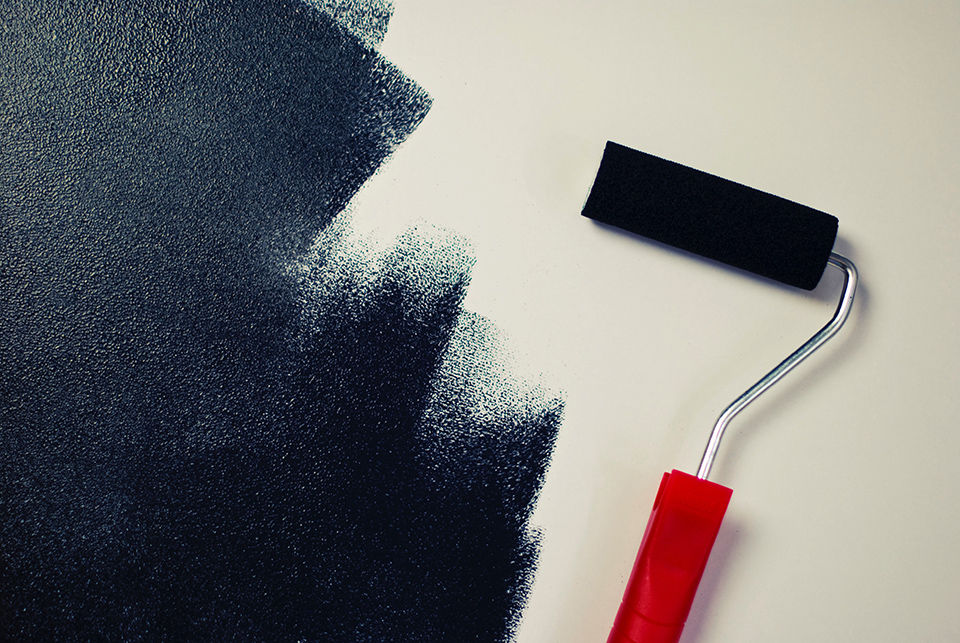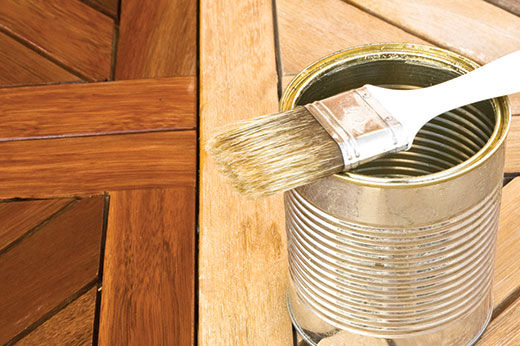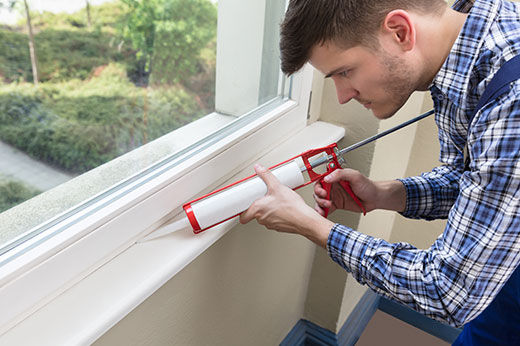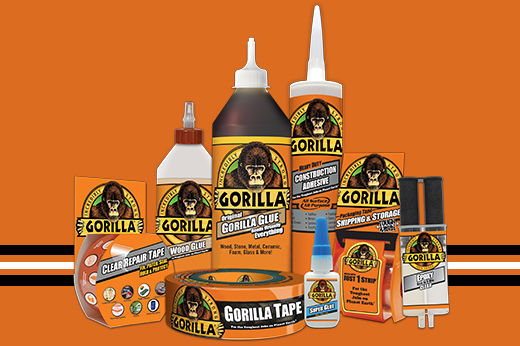What is Chalk Paint?
Chances are, if you’ve considered a paint project, you’ve heard a recommendation for chalk paint. So what exactly is chalk paint?
Chalk paint is a specific style of paint that creates an antique or vintage-modern look for furniture. The name comes from the matte, chalk-like finish. Achieve a one-of-a-kind look by using waxes or glazes over the top of chalk paint.
Chalk paint is water-based. Typically, this paint gets its unique finish from the addition of plaster or calcium carbonate. Not only does chalk paint have a soft, "retro" finish, but it dries quickly and has excellent coverage, making it a favorite of many DIY-ers.
You can apply chalk paint on most surfaces. The paint is thick and easy to work with—you won’t even need to sand most surfaces! So if you want to achieve a shabby-chic finish to restore older furniture pieces (or to create a unique look for a new piece), chalk paint is a terrific option.
